Indoor LED Display Screen - N Series
provide a professional display platform for your brand, products, and events, ensuring that every presentation captivates your audience and creates a greater business impact.

Indoor LED Display - N Series
- High Refresh Rate, High Gray Level, Ultra-Broadband Load
- High-Definition Display, High Contrast
- Specialized Display Driver
- Wide Viewing Angle, Creative Design, Unique Form Factor
Magnetic Module
The innovative magnetic module design is one of the highlights of the indoor LED display screen – N series, providing an unprecedented installation and maintenance experience.
Each LED module is equipped with a powerful magnet, allowing it to be easily attached to the display frame without the need for complicated tools or tedious procedures. Whether wall-mounted or suspended, the magnetic design significantly improves work efficiency, making maintenance and replacement much easier and faster.

High Refresh Rate
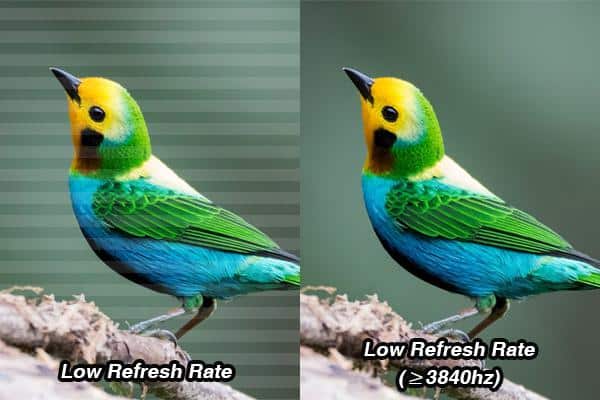
The indoor LED display screen – N series utilizes advanced display technology with an ultra-high refresh rate to provide a smoother and more stable visual experience.
Whether for dynamic video playback or real-time information display, the series effectively reduces screen flickering and ensures that the screen details are clearly presented. This makes it especially suitable for indoor applications with strict visual effect requirements, such as conference rooms, performance stages, and advertising displays.
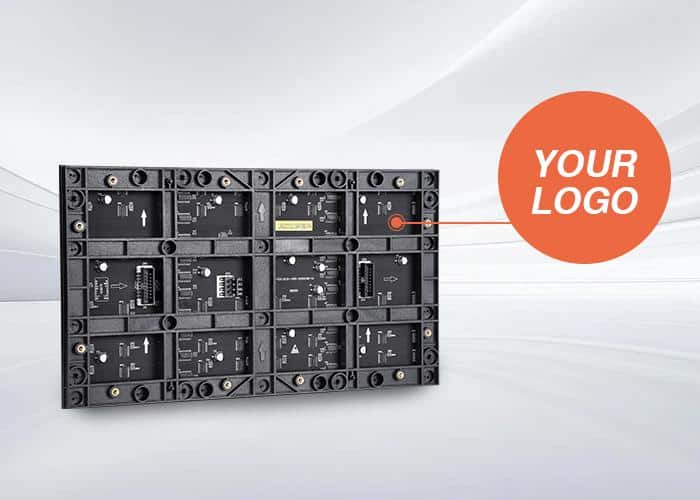
Logo Printable
In addition to the excellent display quality, the customizable logo printing function adds a personalized touch to the N series. Whether used for brand promotion or corporate culture display, customers can print an exclusive logo or pattern on the screen surface according to their needs, increasing brand exposure and recognition.
Indoor LED Display - N Series Module Technical Specifications
| Module Size (mm) | 320×180 | 320×180 | 320×180 | 320×180 | 320×180 |
| Physical Pixel Pitch (mm) | 1.25 | 1.553 | 1.882 | 2 | 2.5 |
| Scanning Method | 48S | 58S | 48S | 45S | 64S |
| Interface Definition | HUB320 Dual Input | HUB320 Dual Input | HUB320 Dual Input | HUB75 Dual Input | HUB75 |
| Unit Board Resolution (Dots) | 256×144 | 206×116 | 170×96 | 160×90 | 128×72 |
| Pixel Density (Dots/m²) | 640,000 | 414,861 | 283,333 | 250,000 | 160,000 |
| Brightness Range (cd/m²) | 450 cd/m² | 450 cd/m² | 450 cd/m² | 450 cd/m² | 500 cd/m² |
| Module Weight (g) ±10 | 450 | 480 | 430 | 416 | 440 |
| Maximum Module Power (w/h) | ≥15 | ≥15 | ≥16.5 | ≥17.5 | ≥13 |
| Maximum Power Consumption per m² (w/m²) | ≤260.4/m² | ≤260.4/m² | ≤286 | ≤303 | ≤225.7 |
| Best Viewing Distance (m) | ≥1.3 | ≥1.6 | ≥1.9 | ≥2 | ≥2.5 |
| Number of Driver ICs (pcs) | 144 | 78 | 66 | 60 | 30 |
| Number of Row Chips (pcs) | 36 | 30 | 24 | 24 | 16 |
| Refresh Rate (Hz) | 3840 Hz | 3840 Hz | 3840 Hz | 3840 Hz | 3840 Hz |
| Viewing Angle | Horizontal 160±10° Vertical 160±10° | Horizontal 150±10° Vertical 150±10° | Horizontal 150±10° Vertical 140±10° | Horizontal 150±10° Vertical 140±10° | Horizontal 150±10° Vertical 140±10° |
| Gray Level (Bit) | 13-14 bit | 13-14 bit | 12-14 bit | 12-14 bit | 12-14 bit |
Related LED Screen Solutions
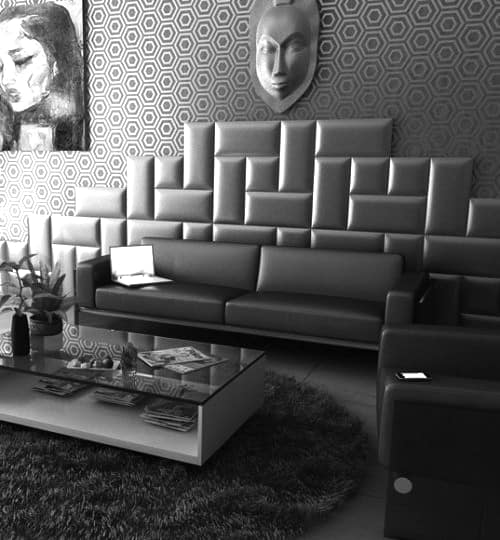


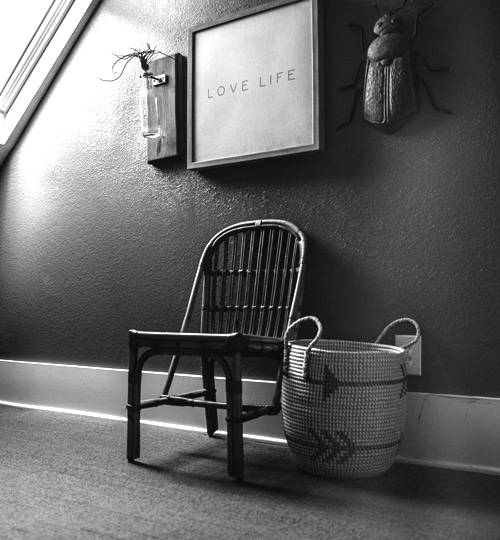
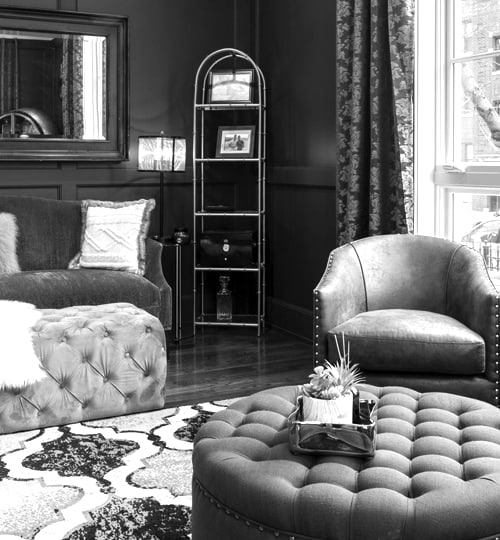
What is the difference between indoor and outdoor LED display panels?
As technology continues to advance, LED displays have become widely utilized in various fields, including advertising, performances, conferences, and sports events. Depending on the environment in which they are used, LED display panels can be classified into two main types: indoor and outdoor. While their basic operating principles are similar, there are significant differences in their design, functionality, and performance.

1. Display Brightness
Indoor LED displays typically do not need to contend with strong natural light, resulting in lower brightness requirements. They generally operate within a range of 1,000 to 2,000 nits, which is sufficient to deliver clear, detailed images in controlled indoor settings. The emphasis is on vibrant colors and high image clarity. In contrast, outdoor LED displays must achieve much higher brightness levels, typically between 4,000 and 8,000 nits or more, to ensure visibility even under direct sunlight. Additionally, outdoor displays require higher contrast ratios and superior color reproduction to adapt to varying external lighting conditions.
2. Protection Rating
Indoor environments are relatively stable, so indoor LED displays have lower protection requirements. Their enclosures usually have an IP (Ingress Protection) rating of IP20 or IP30, which means they are resistant to large solid particles but are not designed to be waterproof or moisture-resistant.
In contrast, outdoor LED displays must withstand various environmental factors, such as rain, dust, wind, and UV exposure. As a result, they require a higher level of protection, typically with an IP65 rating or above. This ensures effective resistance to dust and water ingress, ensuring long-term reliable operation. Furthermore, outdoor displays must also have enhanced wind resistance to endure extreme weather conditions like storms.
3. Screen Resolution
Outdoor LED displays typically use LED modules with larger pixel pitches, such as P4, P6, or P8. This is because outdoor viewers are usually positioned farther away from the screen, making extremely high resolutions unnecessary for clear visibility.
Conversely, indoor LED displays are viewed from closer distances, necessitating smaller pixel pitches, such as P1.2, P1.5, or P2, to ensure sharp image clarity and fine detail reproduction. These designs provide higher resolution, guaranteeing an intricate and clear visual experience for indoor applications where close-up viewing is common.
4. Installation and Maintenance
The installation of indoor LED displays is generally simpler, requiring lighter structural support and minimal protective measures. Since they are not exposed to environmental factors, maintenance is also straightforward, primarily involving routine checks and the replacement of faulty modules.
On the other hand, outdoor LED displays have more complex installation requirements due to the need for waterproofing, dustproofing, and windproofing. Professional teams are typically needed to complete these installations. Maintenance for outdoor displays is also more demanding, as they must be regularly inspected to address potential damage caused by weather conditions. For example, heavy rain or strong winds may affect the circuitry or external components, necessitating additional protection and regular maintenance checks.
5. Cost Differences
Outdoor LED displays incur higher costs due to their need for greater brightness, robust protection, and durable materials. Moreover, their design and installation are more complex, further increasing the overall expense. In comparison, indoor displays are more cost-effective, making them a suitable choice for applications with budget constraints yet high expectations for visual performance.
6. Application Scenarios
Indoor LED displays are primarily used for commercial advertising, conference presentations, and concert stages. They deliver superior visual experiences with high resolution and vibrant colors, ideal for controlled, enclosed environments.
Outdoor LED displays, on the other hand, are widely employed in outdoor advertising, traffic information dissemination, and large-scale event venues. With their high brightness and robust weather resistance, they can perform reliably in complex environments and cover large areas to reach broad audiences effectively.
Conclusion
Indoor and outdoor LED displays are designed with distinct priorities to meet the specific requirements of their respective environments. Indoor displays focus on high resolution and detailed visual quality, making them suitable for enclosed spaces with controlled lighting. Outdoor displays, by contrast, prioritize high brightness, robust protection, and durability to handle various external environmental conditions. Selecting an LED display that aligns with the intended application scenario is essential to achieving optimal visual performance and user experience.
